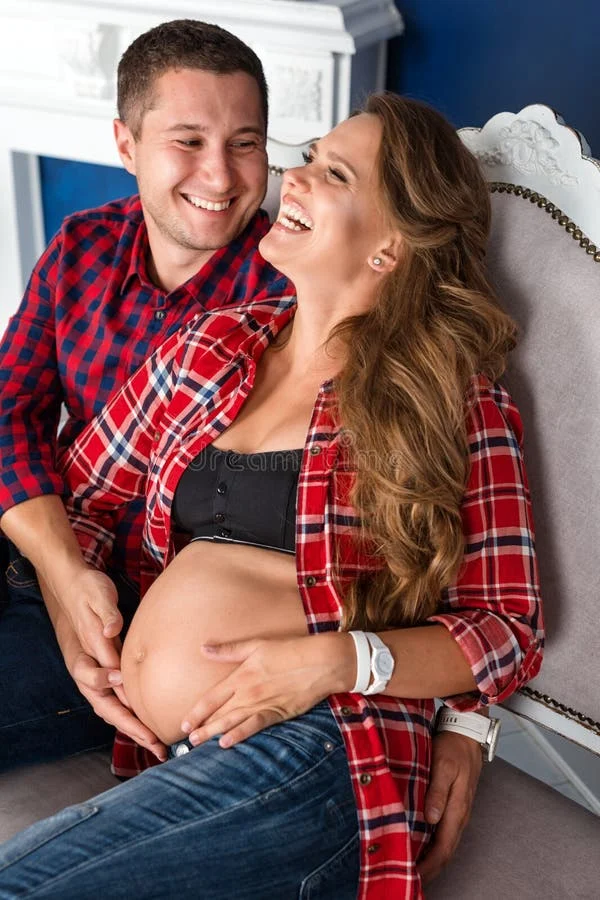It was a beautiful Mother’s Day morning when my 6-year-old daughter, Mia, woke me up with a beaming smile and a warm hug. “Mommy, Mommy, Mommy! Happy Mother’s Day!” My 7-year-old, Emma, followed closely behind, holding a single red rose and a handmade card. This was the moment I had envisioned since I was just a child, certain that motherhood was my calling.
The journey to this day, however, was anything but easy. It took me years to navigate the complexities of dating before marrying my husband, Adam. Afterward, we spent five long years exploring various fertility clinics. Ultimately, we found ourselves at what is hailed as the best fertility clinic, traveling from Dallas to San Francisco for both routine check-ups and intricate procedures.
The first step in San Francisco involved a battery of tests on my reproductive health, and the results were disheartening. At 38, I learned that my eggs were aging rapidly, making the possibility of pregnancy—both naturally and with medical assistance—extremely slim.
It’s a unique kind of grief to mourn the loss of your own genetic contribution. It’s not about the child you have met, but rather the children you will never know. It’s not merely about being a parent; it’s about the notion of holding a baby that bears some resemblance to you, sharing traits and mannerisms with your family.
We refer to my daughters’ DNA Mom as “Linda.” We didn’t have her real name or a photo, just a brief medical history. She was an office manager, and we decided to name her after Linda from the TV show Cheers. As a token of our gratitude, we purchased a beautiful glass sculpture of dolphins, which she adored.
On that special Mother’s Day, Emma presented me with a delicious Nutella toast and a cup of coffee—two of my favorites—while Mia showered me with countless hugs. The girls played joyfully with their cousins, and I cherished the time spent with all the mothers in our extended family. We engaged in a lively game of kickball in the backyard, filled with laughter and made-up rules. It was just as I had always imagined it would be. Yet, a part of me was preoccupied, knowing that I needed to discuss Linda with my girls soon.
A few months prior, Emma’s older friend completed her science fair project on genes. I jokingly told her mother, “Keep my girls away from that!” Both my daughters have blue eyes, while Adam’s are blue and mine are brown. What are the odds of that, based on our DNA?
In the evenings, as we snuggle before bed, I share their birth story with them. I explain how much their dad and I desired to become parents, and how it wasn’t an easy journey. We traveled to a skilled doctor in California and talked about a special woman who assisted us. We express our gratitude for everyone involved since it led us to become Mia and Emma’s parents.
We’ve been transparent about our IVF and donor egg experiences with relatives and friends. However, we haven’t yet delved into the specifics of how Linda contributed to their conception.
The challenge lies in conveying the complex biological process to young children who might not grasp the details. More importantly, I’m uncertain how to introduce the idea that they have a DNA Mom who isn’t me. Will they wonder about her appearance? Will they seek to know more about her? Might they feel a sense of longing for someone they’ve never met? I worry that they could become distant, even subconsciously, as they grasp our differences.
If we disclose this information too soon, could it lead to confusion or sadness? Conversely, if we wait too long, will they feel we’ve hidden a significant truth from them?
By next Mother’s Day, I intend for my girls to have a clearer understanding. We will engage in ongoing conversations as they grow, guided by their questions and maturity. I take immense pride in my family and my daughters and look forward to all the Mother’s Days to come. If you’re interested in more insights like this, be sure to check out this post on modern family dynamics.
In summary, navigating the conversation about their DNA mother with my daughters is a delicate task that requires thoughtfulness and timing. It’s essential to balance honesty with their emotional readiness, ensuring that they feel secure in our family bond while also respecting their origins.
To explore more about the journey of becoming a parent, consider visiting WebMD for valuable insights, and if you’re looking for at-home options, check out Make A Mom for reputable insemination kits.

Leave a Reply